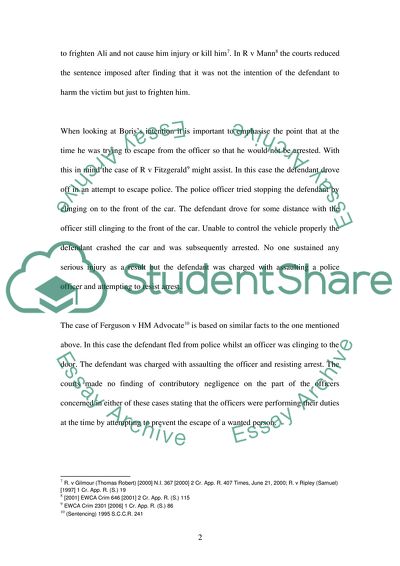Cite this document
(Criminal Practice Case Study Example | Topics and Well Written Essays - 2250 words, n.d.)
Criminal Practice Case Study Example | Topics and Well Written Essays - 2250 words. Retrieved from https://studentshare.org/law/1707635-dicuss-the-criminal-liability-of-boris-colin-and-doctor-dan-for-the-death-of-pc-ali
Criminal Practice Case Study Example | Topics and Well Written Essays - 2250 words. Retrieved from https://studentshare.org/law/1707635-dicuss-the-criminal-liability-of-boris-colin-and-doctor-dan-for-the-death-of-pc-ali
(Criminal Practice Case Study Example | Topics and Well Written Essays - 2250 Words)
Criminal Practice Case Study Example | Topics and Well Written Essays - 2250 Words. https://studentshare.org/law/1707635-dicuss-the-criminal-liability-of-boris-colin-and-doctor-dan-for-the-death-of-pc-ali.
Criminal Practice Case Study Example | Topics and Well Written Essays - 2250 Words. https://studentshare.org/law/1707635-dicuss-the-criminal-liability-of-boris-colin-and-doctor-dan-for-the-death-of-pc-ali.
“Criminal Practice Case Study Example | Topics and Well Written Essays - 2250 Words”. https://studentshare.org/law/1707635-dicuss-the-criminal-liability-of-boris-colin-and-doctor-dan-for-the-death-of-pc-ali.


